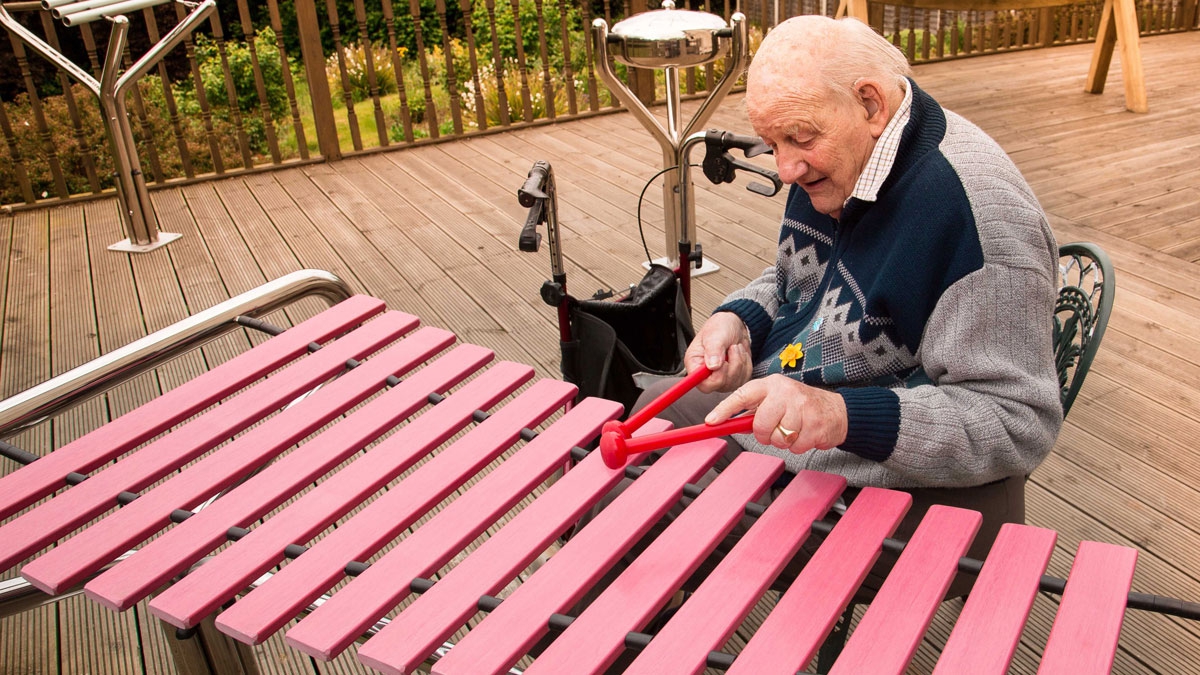A therapeutic practice since the 1960s, sensory activities were originally designed to help people with learning disabilities connect and communicate in a safe, stimulating environment whilst enjoyable activity. In dementia care, sensory activities can work to soothe anxiety or stress, making it easier for individuals to listen, concentrate or take on board information.
Ways Sensory Stimulation Can Affect Alzheimer's
As Alzheimer's progresses, a persons ability to communicate and perform everyday activities declines. Providing a new form of expression when communication is a challenge can help them feel safe and relax, and help improve mood, self-esteem, and well-being. Additionally, by drawing attention to a particular item, sensory stimulation encourages memories and responses from elderly people suffering from Alzheimer's.
For example; art and pictures can trigger emotions and memories for people who no longer speak. A person who has trouble expressing themselves might suddenly smile or want to pick up a pencil and draw. That art form can potentially become a means for the person to communicate, either through personal works of art or simply by reacting to the visual stimuli.
Everyday Sensory Cues
Sensory stimulation works best when it uses familiar objects and focuses on one sense at a time. Good sensory cues include:
- Familiar, odorous foods
- Natural materials, such as flowers
- Sensory-rich materials, such as clothing, sensory blankets or fidgeters
Sensory Stimulation Activities
Activities involved in sensory stimulation are often linked to interests the person had prior to dementia and can help build a connection to everyday life. According to the's Association, sensory stimulation activities might include:
- Bringing in objects the person does not normally have around, such as sand, seashells or other items
- Giving a hand massage
- Taking a short walk
- Talking and reading aloud to the person
- Providing a change of scenery by taking a trip outdoors
Depending on how the person reacts, the carer might alter the activity or switch to a different sense to find the stimuli that are going to inspire a positive response.
